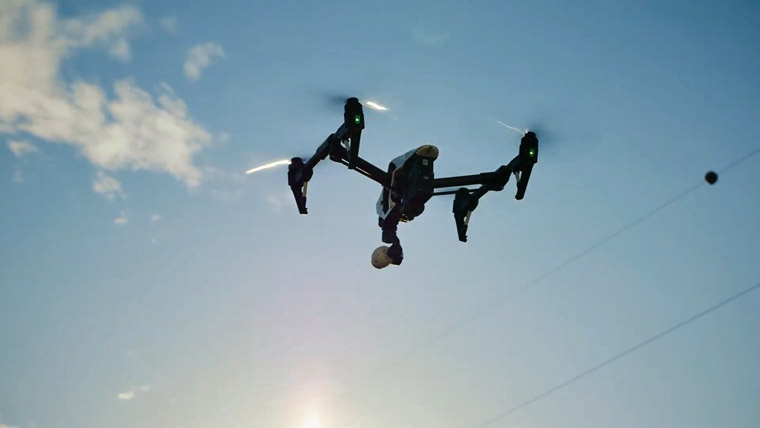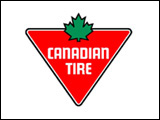The RCMP Federal Policing Northwest Region (NWR) is further strengthening Canada-U.S. border security with the creation of an RCMP RPAS (Remotely Piloted Aircraft System) corridor along the Canada-U.S. border in RCMP’s NWR. This border corridor is initially being introduced and trialled in Alberta, Saskatchewan, and Manitoba, to enhance border security and support the safe, coordinated use of drones, or technically named RPAS, within the Canadian airspace at the Canada-U.S. border.
The RPAS corridor, established in collaboration with Transport Canada, will continue to enhance border security by strengthening capacity through intelligence-driven patrols targeting all illegal activity along the border. This includes searching for individuals who illegally enter Canada between official ports of entry and for the human smugglers who facilitate their travel. As well, RPAS patrols will detect and stop illegal smuggling and trafficking of contraband such as illicit drugs into, and out of, Canada.
“The RCMP is committed to advancing the use of RPAS technology to enhance our service delivery models that protect the security of our Border,” said Assistant Commissioner Lisa Moreland, Regional Commander, RCMP Federal Policing Northwest Region. “The use of this technology and the creation of the RCMP RPAS corridor will also augment our ability to enhance coordination efficiencies amongst our law enforcement partners, which will ultimately have a direct impact on public safety.”
The RPAS corridor initiative will be continually evaluated and assessed in terms of operational value, cost and impact on communities along the border.
The RPAS corridor, formally referred to as Advisory Airspace (CYA), does not restrict flight activity. It extends from ground to 500 feet, to 1 Nautical Mile North of the border (1.85 kilometers).
Local pilots, agricultural operators, and recreational aviation users may continue to fly in the area but are asked to exercise increased caution, and to notify the RCMP before entering the corridor. The goal is to strengthen situational awareness, reduce the risk of mid-air conflicts, and enable safer RPAS patrols of Canada’s border.





